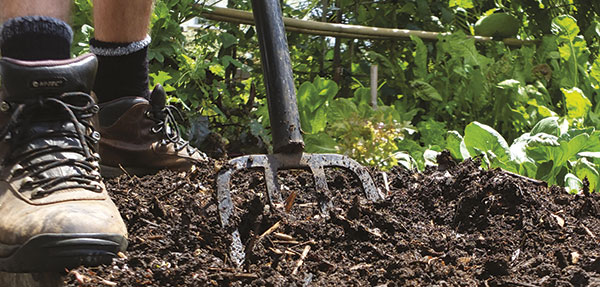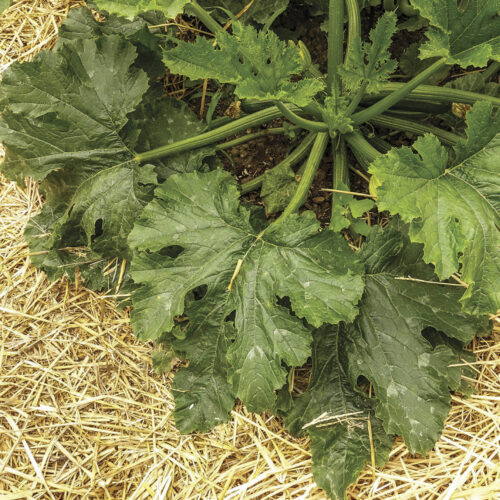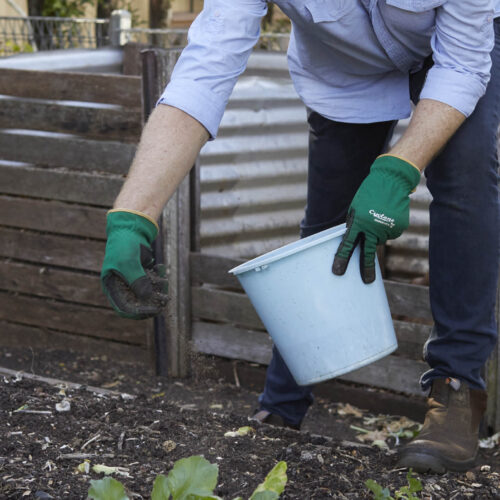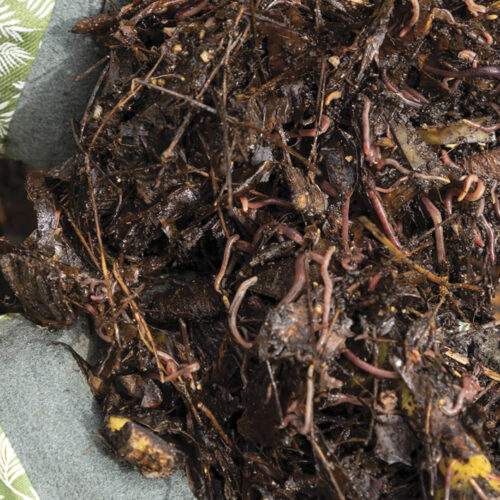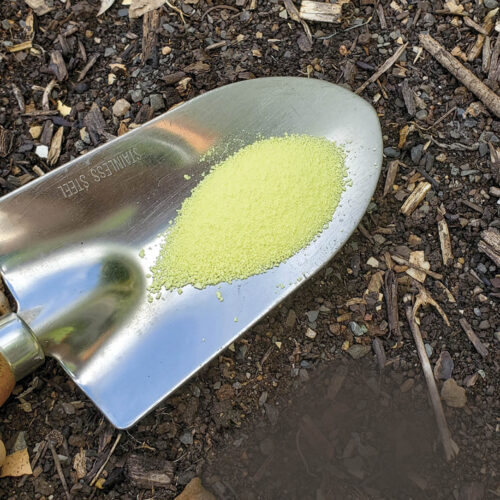Jerry’s clay soil fix
2013-01-26T03:38:55+11:00
When he moved from the UK to Australia it took him five years to improve the clay soil in his Brisbane garden. This is how he did it.
When Jerry Coleby-Williams moved from the UK to Australia, it took him five years to improve the soil in his Brisbane garden. He tells us how…
My backyard experience in Brisbane is a good example of how to remedy clay soils. It was hard work and took persistence, but was worth it.
Clays need to be de-compacted first. Dig deeply or use a rotary hoe for larger areas and rip that soil. Let air and water percolate in. The next step is to add organic matter. Lots of it.
In my 400 square metre back garden I decided to use green manure crops to help add the organic matter. So after breaking up the clay with a rotary hoe, I planted a crop of millet over the entire area. It was like a farm in the suburbs! Millet is a bullet-proof, warm season green manure. When it was waist high, I cut it down, dug it in and then ‘sandwich mulched’, converting the garden into a flat, 300 cubic metre compost heap.
The bottom layer of a sandwich mulch must allow air and water through. Successive layers need a balance between soft, leafy, nitrogen-rich materials – good bacteria food, and dry, woody, carbon-rich materials – fungus food.
For my base layer, I spread 30 bales of straw. For the further sandwich layers, I spread 30 cubic metres of mulch from street tree prunings, 9 cubic metres of lawn clippings, topped with 30 cubic metres of mushroom compost. I thought the investment in the bought materials, such as the mushroom compost, was well worth it given this was going to be my food producing garden for years to come.
Once the ‘sandwich’ was created, I sowed a second green manure of sunflowers. After maturing, the sunflowers were cut down and mulched over with sugarcane. After the heap decayed, earthworms moved in – a sure sign that soil was now suitable for cropping. The last step was to dig in some compost and growing commenced.
After the initial boost of the soil’s organic content and the first crops, the key is to sustain the soil fertility and structure by an ongoing management routine. After each crop is harvested, grow a green manure in its place and dig it in.
Alternatively, dig in home made compost, mushroom compost, or animal manure.

